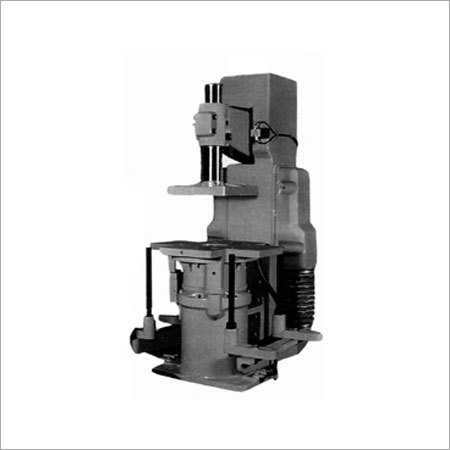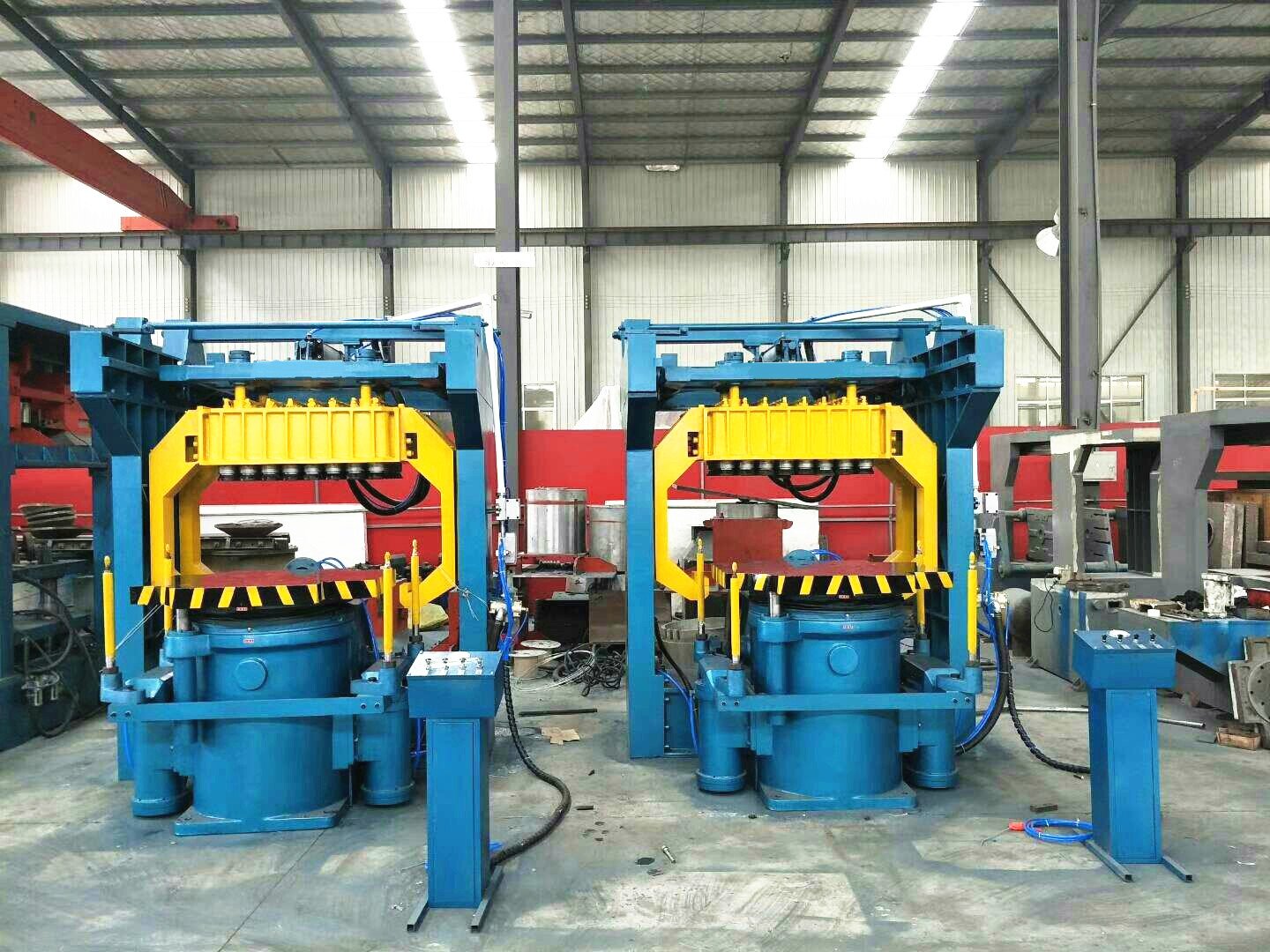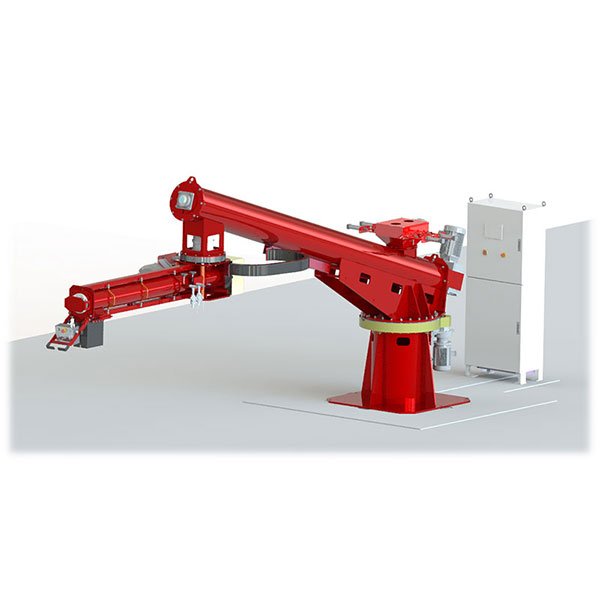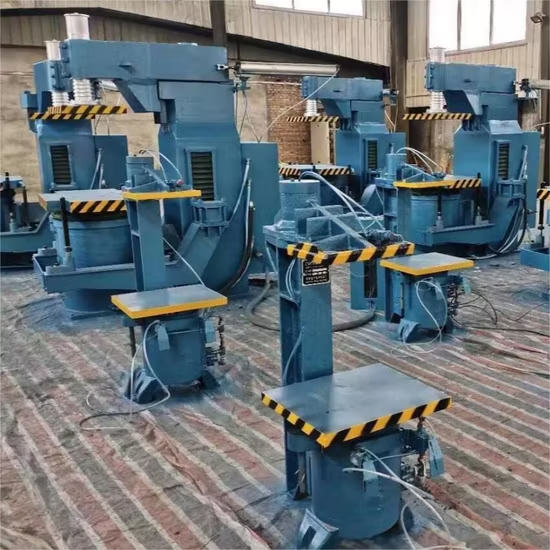In real-world foundry operations, problems like loose molds, dimensional inconsistencies, and high labor demand are common. Over the past two decades, I’ve seen jolt squeeze molding machines solve these issues more effectively than any manual method.
A jolt squeeze molding machine compacts sand using both jolting (vibration) and squeezing (compression), producing uniform molds that deliver better casting quality, efficiency, and repeatability.
For medium- to high-volume production requiring consistent accuracy, this equipment has become a core tool in modern casting plants.
Why Choose Jolt Squeeze Molding Machines?
Every time I evaluate a new molding system, I look at three critical areas: mold precision, labor efficiency, and process repeatability. Traditional hand molding and basic squeeze presses struggle to maintain uniform compaction, which leads to poor surface finish, casting defects, and extra rework.
Jolt squeeze technology solves this by combining vertical vibration and controlled squeeze pressure. The result? Sand flows easily into complex pattern cavities, and then it’s compacted consistently across the entire mold.
What Is a Jolt Squeeze Molding Machine?
A jolt squeeze molding machine is a mechanical system that forms sand molds through a two-phase compaction process.

Main Components Include:
- Jolt mechanism: A pneumatic or mechanical system that vibrates or drops the flask rapidly, helping sand settle around pattern details.
- Squeeze head: Applies vertical pressure through hydraulic or pneumatic means to densify the sand.
- Pattern plate & flask: Holds and supports the mold pattern.
- Control panel: Manages timing, pressure, and jolting cycles for repeatability.
Typical Applications:
- Medium-sized iron or aluminum castings
- Structural parts, engine brackets, pump housings
- Plumbing fittings, light fixtures, and more
These machines are compatible with green sand and chemically bonded sand systems, providing broad process flexibility.
Top Benefits of Using a Jolt Squeeze Molding Machine
Consistent Mold Quality
Dual-action compaction ensures sand is well-packed throughout, reducing shrinkage, blowholes, and collapse.Improved Sand Compaction
Vibration fills deep cavities; the squeeze step locks everything in place with uniform pressure.High Dimensional Accuracy
Consistent mold density delivers tight tolerances (±0.1–0.3 mm), which reduces machining time.Stable Cycle Times
Most molds are completed in 50–70 seconds, enabling reliable, scalable batch production.Lower Labor Demand
One operator can handle the machine. No manual ramming, no experience-dependent variation.Low Maintenance Requirements
Simple pneumatic or hydraulic circuits, easy to service. Most wear parts are inexpensive and accessible.Compact Layout
Unlike automated molding lines, jolt squeeze presses occupy minimal floor space—ideal for small to medium workshops.Flexible Pattern Adaptation
Most models support quick flask or pattern swaps, letting foundries switch between casting types efficiently.Optimized Sand Usage
Accurate compaction reduces over-packing and minimizes sand waste and associated costs.Reliable Long-Term Operation
Well-built machines operate for 5–10 years with minimal performance drop, even in harsh industrial settings.
Comparison: Jolt Squeeze vs Manual Molding

| Feature | Manual Molding | Jolt Squeeze Molding Machine |
|---|---|---|
| Compaction Uniformity | Inconsistent | High and stable |
| Dimensional Tolerance | ±0.5–1.0 mm | ±0.1–0.3 mm |
| Operator Skill Needed | High (manual skill) | Low (basic training) |
| Mold Cycle Time | 5–10 minutes | ~1 minute |
| Repeatability | Varies by operator | Machine-controlled consistency |
| Material Efficiency | Moderate | High |
When to Use a Jolt Squeeze Molding Machine
This machine is ideal for:
- Medium to High Volume Casting Runs: Repeated patterns and consistent output demand stable cycle times.
- Precision Castings: Automotive brackets, pump covers, and housings needing minimal post-processing.
- Labor-Limited Operations: Great for replacing manual stations in lean factories.
- Facilities with Limited Space: Compact enough to install without layout changes.
- Shops Transitioning from Manual to Semi-Automated Production: A practical modernization step without full automation costs.
FAQs About Jolt Squeeze Molding Machines
What kind of maintenance is required?
Routine checks on seals, alignment, and lubrication. Jolting springs, guide rods, and squeeze heads should be inspected weekly or monthly.
Can this machine work with green sand?
Yes. In fact, jolt squeeze technology was originally developed for green sand systems and remains highly compatible.
What casting materials can it support?
Suitable for gray iron, ductile iron, aluminum alloys, bronze, and more—just ensure the mold sand matches the metal temperature.
Conclusion: Why Jolt Squeeze Molding Machines Are Worth the Investment
For foundries seeking better mold quality, reduced labor reliance, and stable production cycles, jolt squeeze molding machines offer an ideal balance of performance, simplicity, and cost-efficiency. Whether you're replacing hand molding or upgrading aging equipment, it’s a proven investment that pays off through reduced defects, faster throughput, and higher casting quality.







